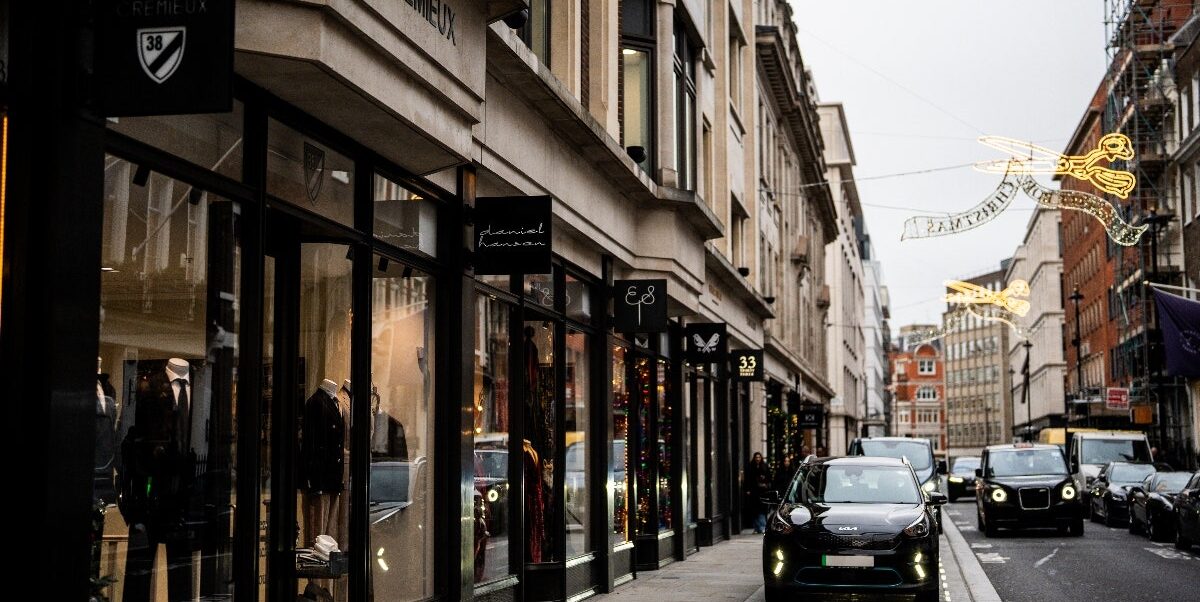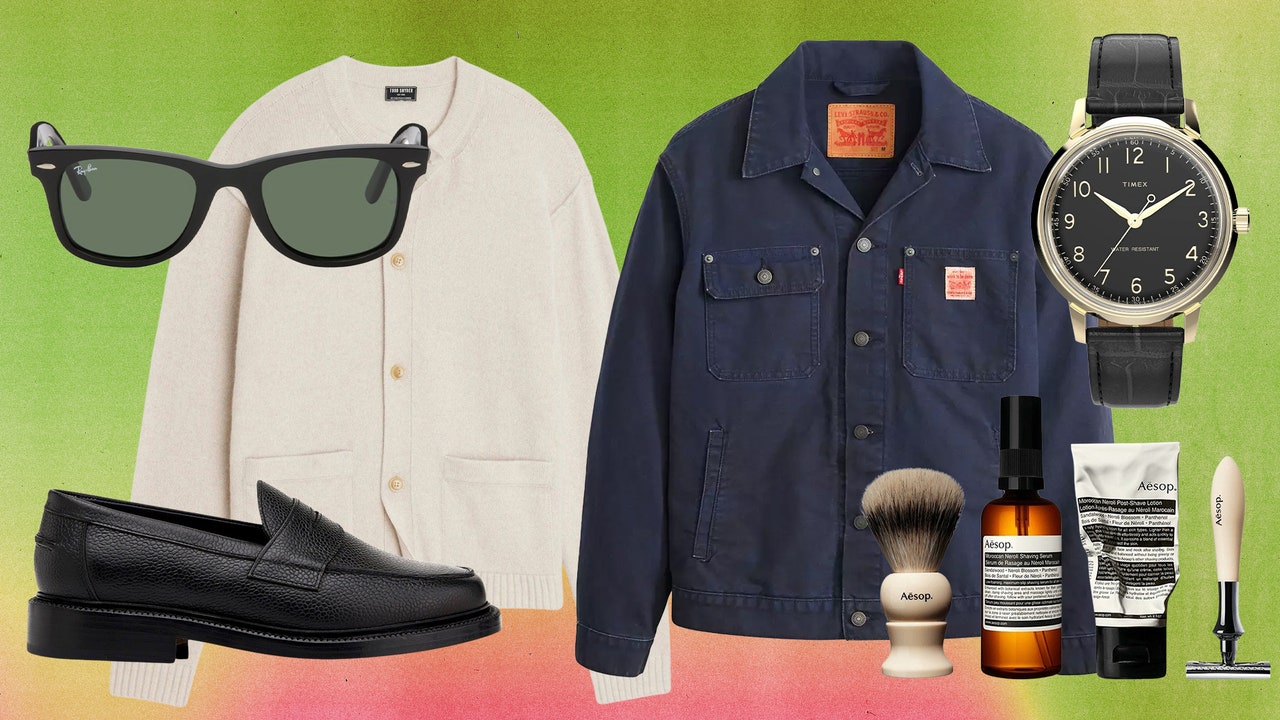As part of Cut From AnOther Cloth, Rikesh Chauhan interviews a series of craftspeople of colour who work on and around Savile Row. The project was conducted in collaboration with social impact company Other Box.
Running parallel to Regent Street in Central London is a row of tailoring houses that have been dressing some of the world’s most distinguished dignitaries, aristocrats, celebrities and members of society since the 1800s. It was long the home of the Royal Geographical Society; it was on one of those rooftops that The Beatles performed as one for the final time; and more recently, where certain Kingsman agents headed to ensure their suits remained as sharp as their combative skills.
Tailoring as we know it today first became associated with Savile Row in the mid to late-1800s. Around this time, the clientele was predominantly of military ilk and appointments were taken in and around the wider Mayfair area. When outfitters Henry Poole and Company expanded their Burlington Street premises to incorporate a showroom entrance directly onto the Row itself, it rather literally opened the doors to a new era. Since then, some of the world’s finest institutions have called ‘tailoring’s golden mile’ their home.
For a long time, the Row remained steadfast in its offering of military-inspired and traditional tailoring. That was until the ’60s, where two young guns who went by the names Tommy Nutter and Edward Sexton changed the trajectory of Savile Row forever. Nutters of Savile Row opened on 35a Savile Row in 1969 — the first new shop on the street in 120 years — and revolutionised bespoke tailoring, introducing it to a younger, cooler and more defiant audience. In the following decades, change came slightly more often, though a significant catalyst to this was the impact Covid had both on bricks and mortar and the way in which society dressed.
I’ve worked in the luxury menswear and tailoring space for almost a decade. I’ve been lucky enough to stand shoulder to shoulder with some of the world’s most talented craftspeople, be it at black tie soirees or evenings at Savile Row’s local, The Burlington Arms. But as a second-generation British Indian, what I did notice, especially early on in my career, was the lack of people that looked like me. It’s the same old story, right? And one that sits across the board of every industry. Ironically, not many of us are on the boards themselves.




